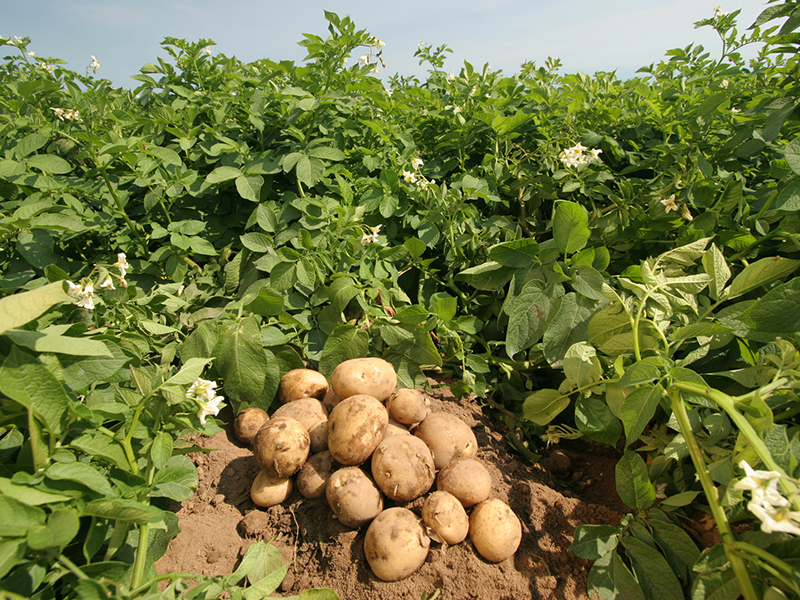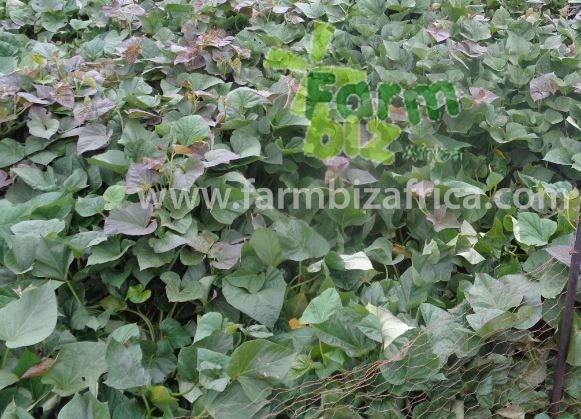
Tired of unscrupulous middlemen who buy their potato at a low price and selling at a higher cost made potato farmers in Shamata area in Nyandarua County start a cooperative through which they earn supply tenders, share transport costs and other labour costs thus helping them in economy of scale.
Nyandarwa Farmers’ Cooperative which was started early 2016 has smallholder famers who only grow potato for commercial purposes. The cooperative which is almost two years old now has a progressive membership of 140.
“We started with few farmers in informal groupings till we decided to formalize our course in a bid to earn the trust of the members, since then the number has been increasing as our success continue to manifest seasons after seasons,” said Mr. Steven Mwangi Mwaniki, the cooperative’s technical committee chairperson.
RELATED STORY: Potato farmers find fortunes in value addition firm
The majority of the cooperative members own between 3-5 acres pieces of land. This means individual effort cannot meet the high demand of potatoes by processing firms since local markets in Nyandarwa do not pay off well compared to the farmers’ expectations.
Nyandarwa Farmers’ Cooperative has earned supply tenders with various food processing companies like Sereni Fries, Krumble Fresh, Beepa Industries Ltd where they supply potatoes to meet the companies’ high demand.
“It requires individual farmer to own above 30 acres of potato farm in order to earn supply tender with the food companies something many small scale farmers may not afford, so a cooperative has helped us reach where we could not individually,” said Mwaniki.
RELATED STORY: KEPHIS introduces 52 new disease resistant potato varieties
He says that as a group farmers are able to harvest and bring together 100 tonnes of potatoes which is about 100, 000 metric tonnes that they can harvest in a season. This is equivalent to 100, 000,000 kilograms.
As a cooperative, they sell their potatoes between Sh15-25 per kilo depending on the potato variety to the food processing companies. This means in a given season they are able to earn over Sh2, 000, 000, 000 using an average of Sh20 per kilo. The remaining potatoes which do not meet the companies’ standards are sold in the local markets between Sh12-14 per kilo depending on the variety too.
A kilo of potato is transported to the company at two shilling and the farmers are paid a week after delivery.
RELATED STORY: Multipurpose tractor helps farmers harvest potatoes without cuts
According to the National Potato Council of Kenya (NPCK), Kenya’s potato value chain involves approximately 2.7 million people among them 800,000 smallholder farmers and it contributes to more than Sh50 billion (USD 500 million) to the economy.
Write comment (0 Comments)

















